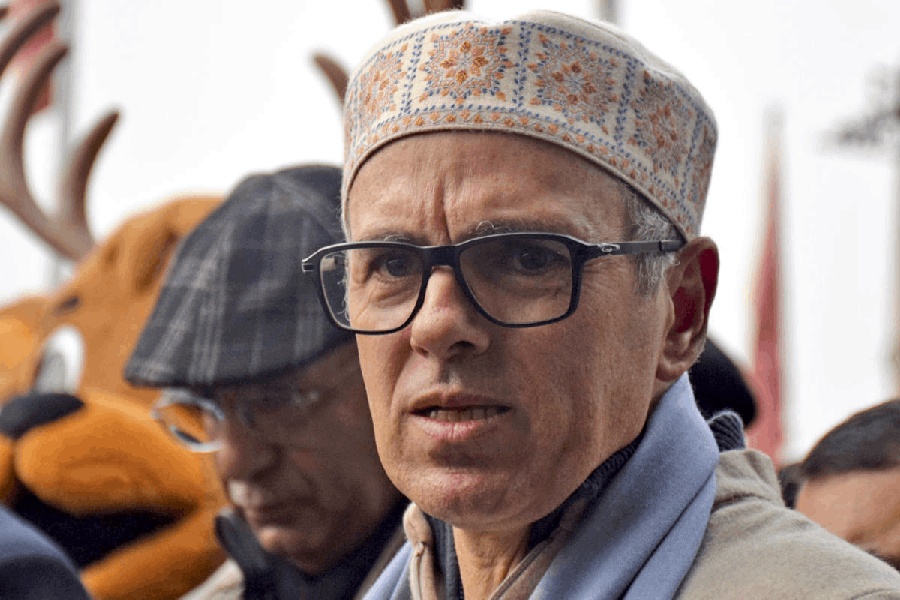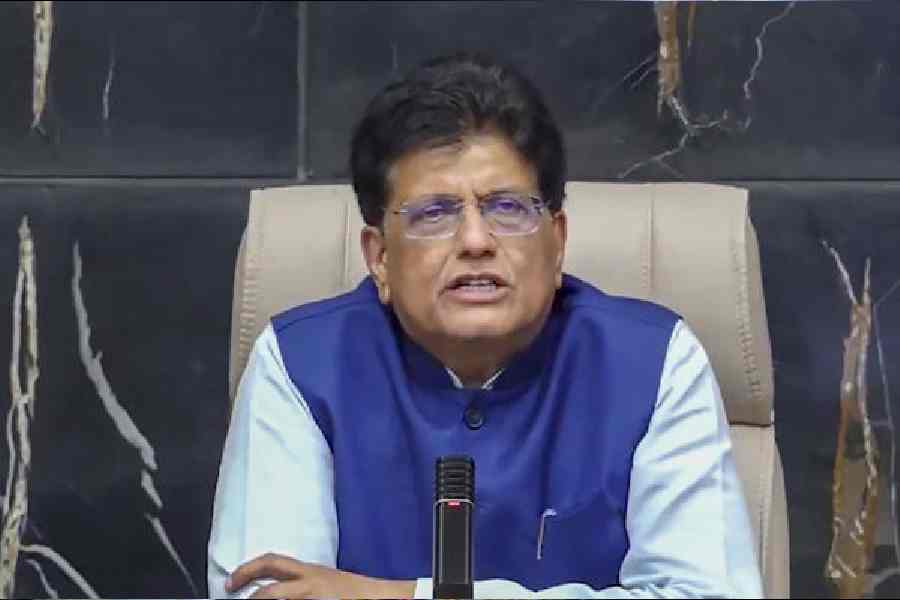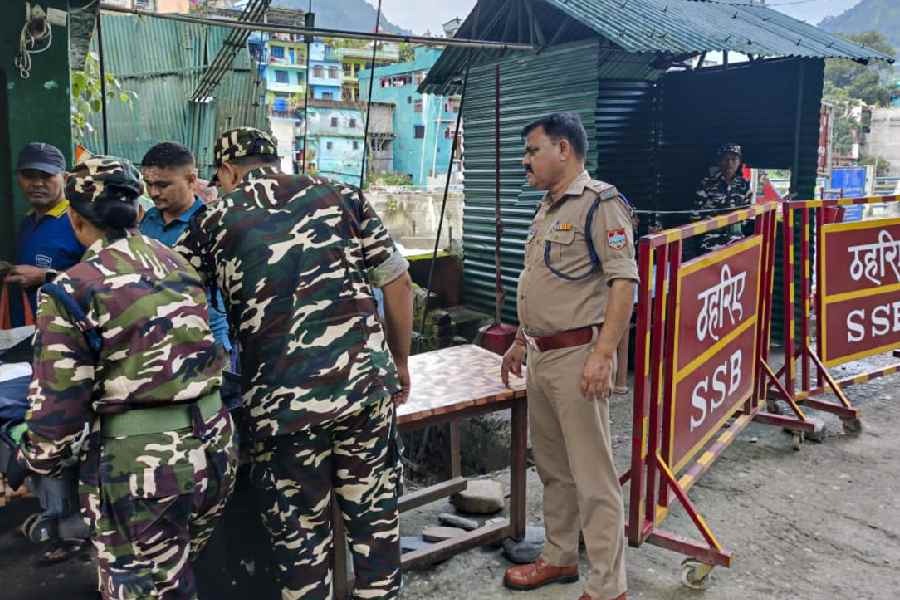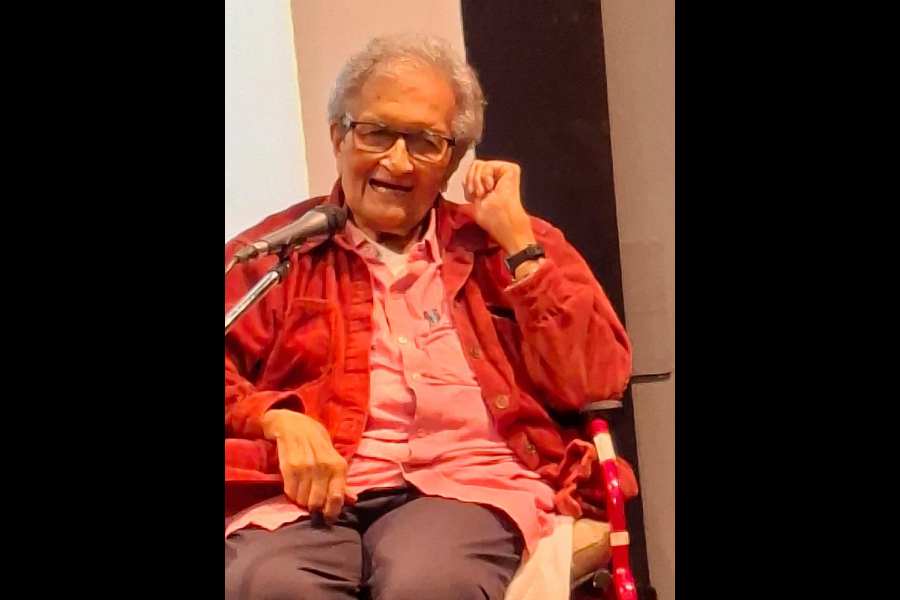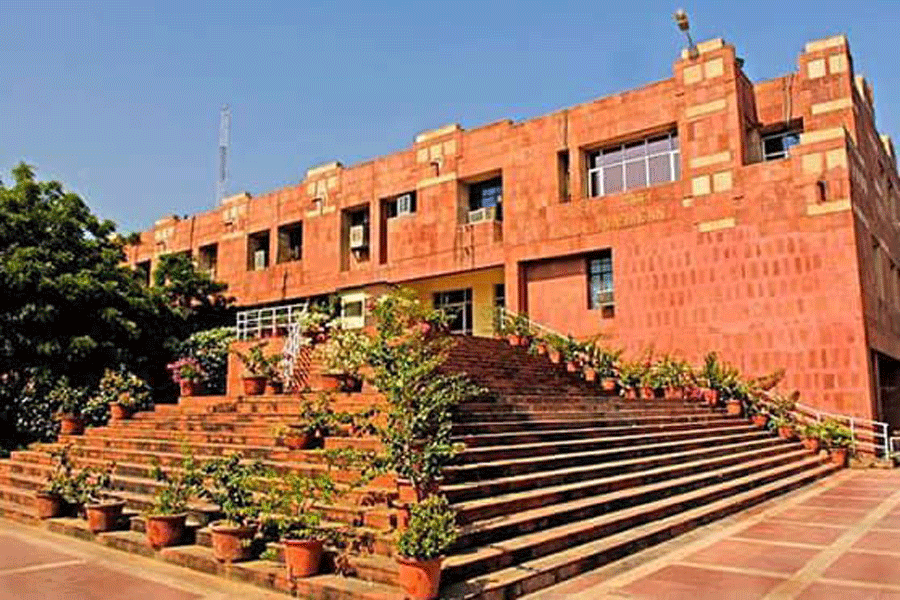 |
Prince Caspian, the second installment of The Chronicles of Narnia, which is due for release in the summer of 2008, is on an even more ambitious scale than The Lion, the Witch and the Wardrobe and will feature bigger battles, more effects shots, more CGI creatures and some of the largest sets ever created for a Hollywood movie. Here are some facts, figures, and trivia about what looks poised to become one of the most talked about films of the year.
The Chronicles of Narnia books have sold more than 100,000,000 and have been translated into 35 different languages.
Director Andrew Adamson visited five continents looking for locations for the film. The only continents he didn’t scout were the Arctic and Antarctica.
The cast and crew of Prince Caspian came from 15 different countries, including the Czech Republic, New Zealand, the United States, Great Britain, Australia, Canada, Germany, Poland, Slovenia, Spain, Mexico, Italy and France. Over nine languages were spoken on set.
Costume designer Iris Mussenden says she drew inspiration from the art of painter El Greco for the costumes of the Telmarines.
The total number of individual items of clothing made for the film’s main cast was 1,042.
Total number of individual items, including helmets, masks, boots and gloves made for King Miraz and his Lords and the Telmarine army was 3,722.
Number of metal rivets used per item of chain mail (also known as “brigandines”) worn by the Telmarine soldiers was 2,184. Approximately 850,000 metal rivets were used in all.
A total of 70 people worked in the costume department.
Cast member Skandar Keynes, who plays Edmund Pevensie, grew six-and-a-half inches in the time between making The Lion, the Witch and the Wardrobe and Prince Caspian.
Principal locations for the film were New Zealand, Czech Republic, Slovenia and Poland.
Prague’s historic Barrandov Studios, where many of Prince Caspian’s main sets were built, was founded in 1931 and has recently become a popular destination for Hollywood. Other recent films shot at Barrandov include Casino Royale and The Bourne Identity.
During production of Prince Caspian the film’s caterers provided meals for as many as 1,100 cast and crew members daily. The total number of meals served during the shoot was in excess of 200,000.
Director Andrew Adamson gave cast member Anna Popplewell (Susan Pevensie) time off from the shoot so she could fly to London to attend her school prom. Anna changed into her ball dress in a bathroom and had time for two dances before she had to return to Prague.
Visualist Richard Taylor of New Zealand’s Weta Workshop designed nearly 600 pieces of armour and weaponry for Narnia’s new inhabitants, the Telmarines, including 200 polearms, 200 rapiers, 100 falchions, 250 shields and 55 crossbows. Taylor designed soft shields and stunt gear for use with live horses during the film’s key battle scenes.
Total worldwide box office for The Lion, the Witch and the Wardrobe was $745 million, making it one of the most successful films of all time.
Skandar Keynes and Anna Popplewell won their parts in The Chronicles of Narnia in competition with thousands of other candidates from all over the world only to discover that they live round the corner from each other in North London.
Prince Caspian production designer Roger Ford has worked in the film business for more than four decades but the set for King Miraz’s castle, which was built at Barrandov Studios, was the biggest he has ever designed.
King Miraz’s castle occupied 20,000 square feet and is partly based on Pierrefonds Castle, which is located outside Paris in France. It took 200 carpenters, plasterers and painters 15 weeks to build. CGI work during the film’s post-production will further increase the scale of Miraz’s castle by a factor of three.
A log bridge that will feature in Prince Caspian’s climactic final scene was built over the River Soca in the Bovec Region of Slovenia and took a team of 20 engineers and workmen one month to construct.
Ford based his design for the bridge on the one Julius Caesar built across the Rhine in his battle against the Germans.
To accommodate Ford’s plans industrial engineers temporarily rerouted the flow of the River Soca.
The London tube station where the Pevensie children begin their adventure in Prince Caspian isn’t located in London at all. Ford built the set at the Henderson Studios on New Zealand’s North Island.
In contrast to The Lion, the Witch and the Wardrobe, make-up artist Tami Lane and Oscar winning make-up designer (for The Lion, the Witch and the Wardrobe) Howard Berger decided to create Narnians of many different ages and races for Prince Caspian. The new film will feature female Centaurs for the first time as well as Centaur children and an 80-year-old Faun.
If some of the locations in Prince Caspian look familiar it’s because the production shot in some of the same remote areas of New Zealand’s South Island that previously appeared as Middle Earth in The Lord of the Rings trilogy.
The 130 extras who play Narnian creatures in Prince Caspian wore special creature suits and spent hours having make-up applied each day.
Make-up effects designer Howard Berger worked with a team of 50 make-up artists and supervised 4,600 individual make-up sessions over the course of the production.
Actor Warwick Davis spent three-and-a-half hours each day having a facial prosthetic applied to transform him into the Black Dwarf Nikabrik.
To make sure the cast of the film would be ready to shoot at the required time, Howard Berger, Tami Lane and their crew arrived on set every morning five hours before the rest of the crew. Howard and Tami’s earliest wake-up call was 1.30am.
Actor Warwick Davies is the only cast member of Prince Caspian to have starred in two different adaptations of the Narnia stories. In Prince Caspian he stars as Nikabrik, the Black Dwarf, while in the 1989 BBC production of Prince Caspian and the Voyage of the Dawn Treader he played the swashbuckling mouse Reepicheep. In the latest version of the story Reepicheep will be a totally CGI creation.
Director Andrew Adamson spent more than a year searching for the right actor to play the title role in Prince Caspian but cast 26-year-old British actor Ben Barnes for the career-making part just three-and-a-half weeks before shooting began.


